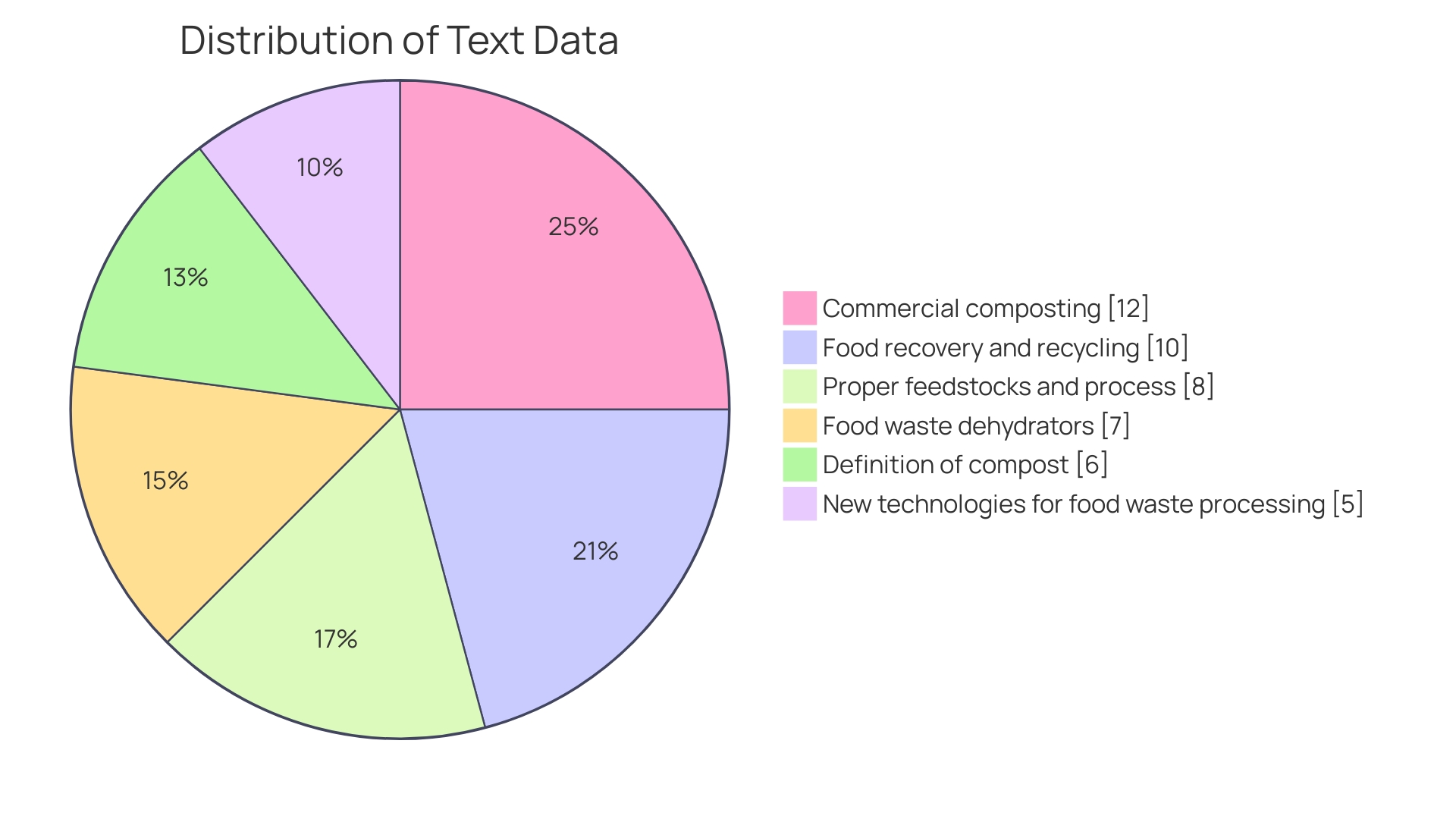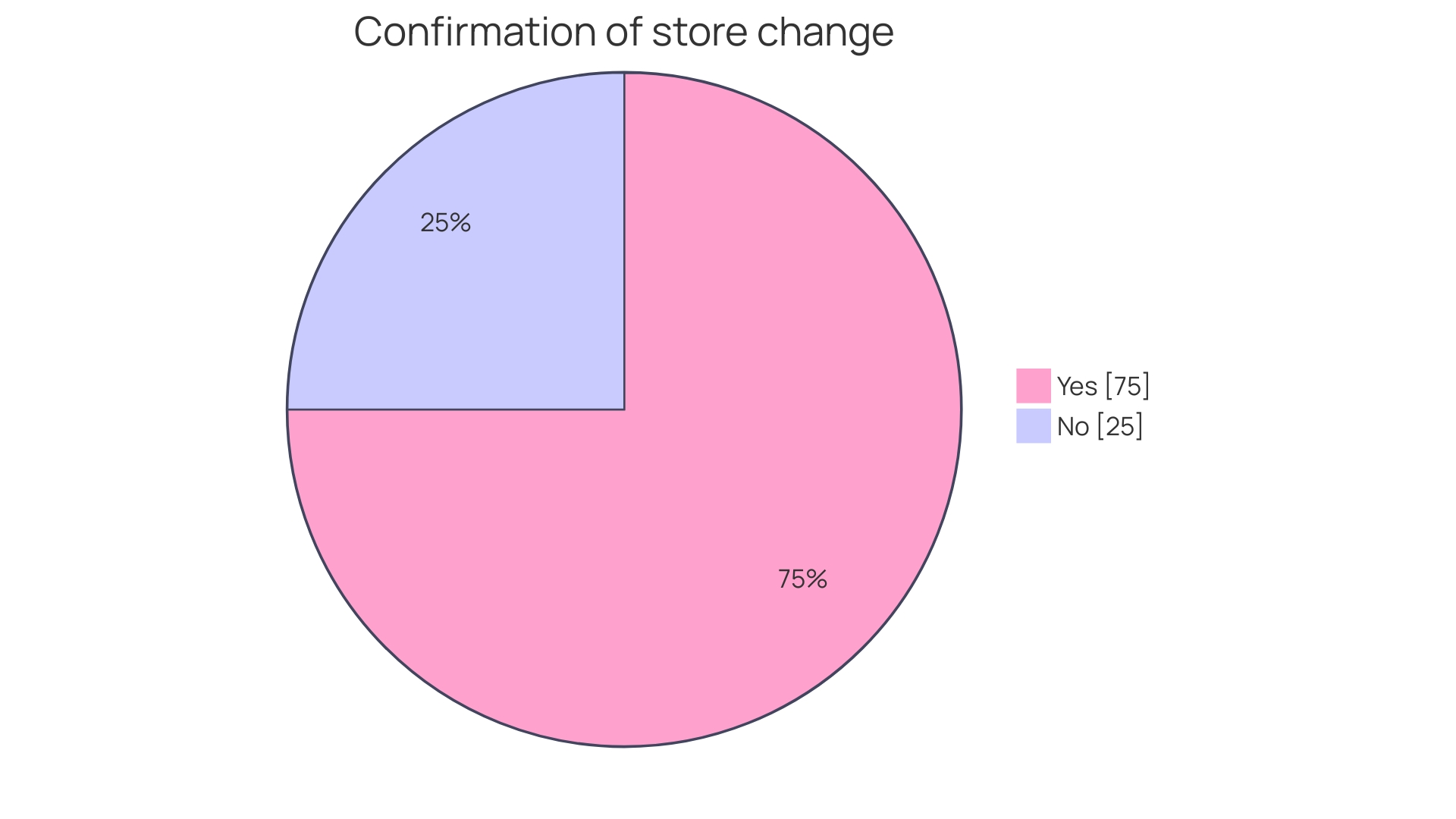Introduction
If you’re ready to make a positive environmental impact right from your own backyard, home composting is the way to go. Did you know that food and garden waste alone make up a significant 28% of our household garbage? By composting, you can reduce harmful methane emissions from landfills and convert organic waste into nutrient-rich compost, boosting plant growth and improving soil quality.
And here’s the best part: composting is for everyone. Even if you live in a city or don’t have the space to compost at home, there are alternative options available. Join the composting movement and empower your environmental impact, making a smart choice for a sustainable lifestyle.
Understanding the Importance of Home Composting
If you’re considering entering the world of composting, you’re on the brink of making a significant environmental impact right from your backyard. Food and garden waste alone make up a considerable 28% of our household rubbish, according to the U.S. Environmental Protection Agency (EPA). Shifting this organic waste from your trash can to a compost heap not only cuts down on harmful methane emissions from landfills but transforms these would-be pollutants into a precious resource for enriching soil.
Mastery of composting is a dance with nature, utilizing carbon and nitrogen-rich materials, water, oxygen, and time to coax microbes into generating heat—a natural indicator of decomposition. Whether it’s the slower cold composting method or the faster hot composting that achieves results in a shorter duration, both roads lead to the same destination: nutrient-dense compost that bolsters plant growth and improves soil structure.
It’s an exciting time for composting technology and awareness. States like California, New York, and Massachusetts are recognizing the value of food recovery and recycling in mitigating climate change and advancing agricultural sustainability. Plus, with the USDA providing funding to promote food waste reduction, it’s clear that these organic strategies have widespread support.
Remember, composting isn’t solely for those with spacious gardens. City dwellers, too, can join in the effort. Vermicomposting—a technique involving worms—can be a compact alternative for apartment living, tackling a narrower range of food waste in the process.
And for those without the ability to compost at home, services are available to handle your organic waste, turning it into compost for community use.
Every compost heap contributes positively to the environment, turning your everyday waste into a catalyst for growth and a defender against climate change by acting as a carbon sink. It’s a family-friendly activity that not only enhances your garden but also empowers your environmental impact, making composting a smart choice for a sustainable lifestyle.

Factors to Consider When Selecting a Composter
Embarking on the path of composting is a journey of environmental stewardship and soil enrichment. But before you start, it’s pivotal to understand that compost isn’t just a singular product—it’s a diverse process utilizing various forms of organic material. A common thread among gardeners and agriculturalists is the quest for quality compost.
To achieve this, careful selection of your composting method and materials is essential. Whether you’re opting for home-based composting or exploring options for larger-scale operations, consider the type of organic waste at your disposal. For those dealing with a variety of organic waste, hot composting may offer a speedier solution to convert scraps into nutrient-rich soil.
On the other hand, cold composting suits a steady, gradual accumulation of organic materials.
Statistics underscore the growing preference for organic produce. For instance, in just the second quarter of 2020, the sales of organic produce soared to $1.2 billion. Notably, this represents a staggering 17% to 18% increase in both sales and volume from the previous year.
Such trends echo the significance of quality compost in supporting sustainable farming practices. Moreover, the quality of your final compost is heavily influenced by the purity of your feedstock. Ensuring that glass, plastics, and metals are separated from organic matter before collection can directly enhance the efficacy of the compost produced and decrease the likelihood of contamination.
The journey from waste to wonder incorporates lessons from various sectors. For instance, research conducted in cities like Nashville and Denver highlights the critical importance of a robust fact-finding phase, where a detailed understanding of the waste generated lays the groundwork for effective compost usage. In agriculture, different types of compost, such as those derived from municipal solid waste—like leaves, grass clippings, and food scraps—are preferred for their low contamination levels and specialized nutrient profiles.
Meanwhile, innovative projects like Care’s JANO initiative, which aims to combat malnutrition, underscore the potential for quality compost to not only enrich soils but also to bolster food security by maximizing food production and distribution.
From an urban perspective, EcoWatch reminds us of the environmental virtues of diverting food scraps from landfills to composters. Food not stuck decomposing in landfills means less methane released—a positive for the climate and urban gardens alike. Balancing such insights, gardeners offering pearls of wisdom, like those in Clare Leighton’s ‘Four Hedges,’ intimate the intrinsic value in nurturing what blossoms in one’s own yard, with whatever compost available.
The common thread—the goal to foster blossoming gardens, whether through the simplicity of a container garden or the grandeur of open plots, each nurtured with a healthy dose of homemade compost.

Size and Capacity
Choosing the optimal composter size and capacity is intimately linked to the nuances of your specific context, such as the quantity of organic waste you produce and the constraints of your space. For those in cozy living quarters or with modest outdoor areas, a snugly fitting compact composter could be your ally in sustainability. Conversely, those blessed with sprawling gardens or high volumes of organic material may find a more commodious composter fits their needs.
It’s like orchestrating an intricate dance between the rhythm of your waste generation and the physical footprint of your composter.
The intricate art of composting, powered by the microscopic marvels that are microbes, exemplifies a delicate balance of carbon, nitrogen, oxygen, water, and the steady passage of time. In the bustling urban landscapes of today, initiatives like New York City’s NRDC project illuminate the hidden potential in our food waste, showcasing the need for tailored solutions in waste assessment and the valorization of recycling and recovery. A nod to the organic gardeners among us: your efforts foster a microcosm of life, interweaving your plants with beneficial insects and soil microbes, all the while casting aside synthetic alternatives.
Urban agriculture ventures, such as Infarm, are boldly reimagining our connection with food production, scaling new heights with vertical farming. The journey is fraught with challenges, yet their resilience in innovation is emblematic of the larger movement towards sustainable food systems a movement where each act of composting is an individual thread in the global tapestry of environmental stewardship.

Type of Composter
Transforming your kitchen scraps and organic waste into nutrient-rich compost is an excellent way to contribute to a circular economy and promote sustainable food practices. Composting options are vast and tailored to different needs: Tumbler composters offer ease and efficiency with their rotating design for faster decomposition. Static bin composters are diverse in design and may stand on the soil to boost the composting process with natural organisms.
For those with restricted space, worm farms use the voracious appetite of worms to break down scraps and provide natural, high-quality fertilizer. The market has grown to understand these processes deeply, recognizing that proper aeration, balance of materials, and patience are pivotal to mature compost that benefits the soil without contributing to pollution from excessive fertilizer use.
In the spirit of innovation, projects like JANO aim at alleviating food insecurity by optimizing food production—a mission wherein composting plays a crucial part by restoring nutrients to the land efficiently. Meanwhile, pioneering companies like Infarm demonstrate that while novel agricultural technologies such as urban and vertical farming present grand visions, they also face real-world hurdles in scalability and operations.
The variety of compost types reflects the diversity in organic materials available. From vineyard trimmings to urban organic waste, each type of compost has its unique composition and potential contaminants. Therefore, it’s critical for adopters of composting, especially those in agriculture, to distinguish between compost qualities and choose the right type for their crops, ensuring a healthy yield without unwanted pollutants.
Behind this science stands an eco-conscious community and industries committed to eco-friendly practices. Urban adventurers turn balcony worm farms into small but mighty ecosystems while policy-driven states enforce food recovery initiatives. The conscious separation of recyclable materials from organic waste stays at the heart of these efforts, as it ensures a purer compost product that benefits both the environment and the economy.
Embracing this knowledge and these tools offers more than just a way to utilize waste; it provides a connection to the growing trend of sustainable living and a pathway to support the environment right from home or business.
Ease of Use and Maintenance
Choosing the right composter involves more than just finding a convenient size and shape. The mechanics and maintenance are vital for long-term satisfaction and effective breakdown of organic materials. For instance, you should opt for a system that allows for easy addition and removal of compost without attracting pests, thanks to features like a robust lid.
Regular maintenance, such as turning, can prevent your compost heap from becoming anaerobic—a state that not only emits foul odors due to a lack of oxygen but also slows down the composting process. To counter this, it’s crucial to balance green and brown materials, turning regularly to aid aerobic decomposition, which can take several months to complete properly. A composter in tune with your lifestyle will make managing organic waste less daunting and more rewarding.

Aeration and Moisture Control
Achieving the perfect balance in composting is both an art and a science. It requires precise orchestration of aeration and moisture levels, and understanding this can make or break the composting process. Built-in aeration systems, such as ventilation holes or tubes, play a pivotal role in ensuring consistent airflow and preventing compost from becoming too densely packed—which can impede the biological processes at play.
Similarly, a composter equipped with a lid helps maintain optimal moisture levels, offering protection from the elements—be it excessive rainfall or the drying effects of the sun.
Commercial composting, a realm familiar to industry veterans, is firmly rooted in a foundation of science-based practices. According to experts, successful composting is a microbe-driven exothermic process that depends on appropriate amounts of carbon, nitrogen, oxygen, water, and time. A true testament to biological degradation, a matured compost emits heat generated by the microbial activity within, and not from any external sources.
This natural heat is crucial, as it acts to reduce pathogens and weed seeds, creating a product beneficial for plant growth. In fact, the American Association of Plant Food Control Officials (AAPFCO) defines compost specifically as a product that results from the controlled aerobic, biological decomposition of biodegradable materials and has undergone specific temperature phases to ensure its quality. This precise definition underscores the difference between genuine compost and outputs from food waste dehydrators—often misconstrued as compost.
While recent advancements, like food waste dehydrators, seek to stabilize organic waste by removing moisture, thus halting microbial decomposition, it’s imperative to add moisture back to facilitate further breakdown. This scientific insight is aligned with a growing recognition of the importance of robust composting mechanisms, especially for highly putrescible feedstocks—a notion echoed by states like California and New York, which have adopted policies to support food recovery and recycling.
For the conscientious composter, understanding the complex dynamics of composting is essential. Incorporating systems to manage aeration and moisture not only reflects a commitment to sustainability but also leverages the science of commercial composting—resulting in products that nurture the soil and, by extension, contribute to the well-being of our ecosystem.

Durability and Longevity
For those in pursuit of eco-friendly practices, the art of composting is a critical ingredient in creating a sustainable cycle of food production and waste management. Consider the profound story of Mohini and Radhika from the JANO project, who transformed their compost production through expert training and support. Their success illustrates the importance of selecting the right tools and knowledge to foster a flourishing composting setup.
Choosing a composter isn’t just about picking any container; it’s about investing in a system that will persevere through seasons and contribute to a larger environmental mission. A study from the University of Leicester draws our attention to the variability of plastic degradation, emphasizing the need for selecting materials that can endure outdoor conditions, particularly noting that colored plastics like red, blue, and green tend to become brittle and break apart over time.
Thus, honing in on a composter fabricated from robust, enduring materials—be it premium plastics or stainless steel—is not just a choice but a commitment to quality and sustainability. Guidance from seasoned composters, documented in the rigorous science of commercial composting, can lead you to products that have proven their worth in the long run. This advice is echoed by experts who assert that real composting is a scientifically understood process, requiring adequate time and the right conditions to achieve a mature and stable end product.
Moreover, recent insights reveal that less than a third of Americans engage in composting, a statistic that pinpoints the untapped potential of composting in enhancing local ecosystems. In essence, selecting a composter aligns not only with personal values but also with a larger movement towards nurturing our planet—one compost pile at a time.
Conclusion
In conclusion, home composting is a simple and effective way to make a positive impact on the environment. By diverting food and garden waste from landfills and turning it into nutrient-rich compost, we reduce harmful methane emissions and improve soil quality. Composting is accessible to everyone, including city dwellers, through techniques like vermicomposting and utilizing composting services.
When selecting a composter, consider factors such as the type of waste, desired composting method, and the space available. Hot or cold composting, along with specialized methods like worm farms, can yield high-quality compost that benefits soil health while minimizing pollution.
The size and capacity of your composter should align with your needs and available space. Urban agriculture and innovative technologies like vertical farming highlight the potential of composting in supporting sustainable food systems.
Ease of use, maintenance, aeration, and moisture control are crucial for successful composting. Features like sturdy lids, easy compost addition and removal, regular turning, and proper ventilation systems ensure a pleasant composting experience.
Durability and longevity are important considerations when selecting a composter. Opting for high-quality materials ensures the composter can withstand outdoor conditions and contribute to a larger environmental mission.
In short, home composting is an accessible and effective way to reduce waste and support sustainable living. By joining the composting movement, we can all make a positive environmental impact. Let’s embrace composting and contribute to a greener future, one compost pile at a time.
Join the composting movement and make a positive environmental impact today!
